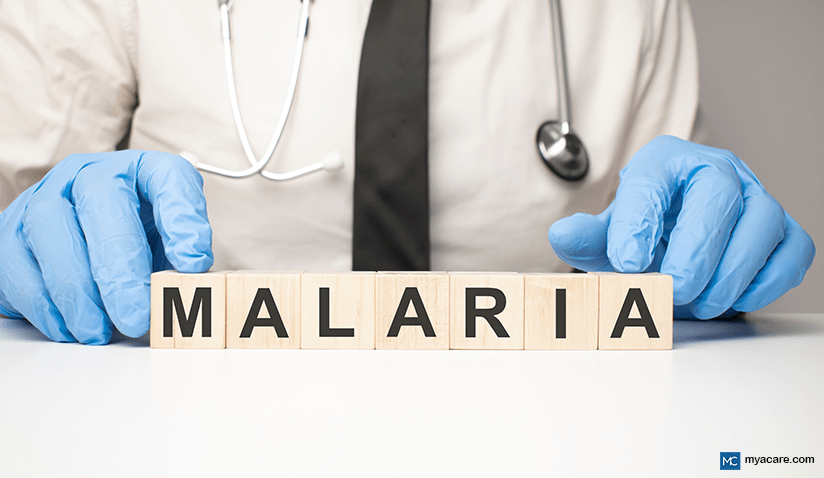In 2022, there were an estimated 249 million malaria cases reported globally and nearly 608000 people died due to malaria in around 85 countries. However, in 2022 the WHO African Region has reported the highest percentage of malaria cases around 94% and 95% of deaths. Notably children under 5 years of age have accounted about 78% of all malaria deaths in the region. Apart from this, in the African Region pregnant women are also severely affected by malaria, with an estimated 12.7 million malaria infection during pregnancy.
Here’s the breakdown of four African countries data.
In Nigeria alone 26.8% and around 31% of all malaria cases and deaths were reported in 2022. The Democratic Republic of the Congo (12%), Uganda (5%) and Mozambique (4%) accounted for almost half of all cases globally. The severity of malaria in these regions highlights the urgent need for effective treatment options, especially as the disease continues to claim countless lives. This necessity is further compounded by the unique challenges faced by healthcare systems in these areas.
The Importance of Effective Anti-Malarial Injections.
To combat the rising tide of malaria, healthcare providers must prioritize the use of high-quality anti-malarial medicines. Anti-malarial injections have proven to be particularly effective in treating severe cases of the disease. Among the most important treatments are Arteether, Artemether, and Quinine Dihydrochloride, which target the malaria parasite in distinct but complementary ways.
Arteether injections are used to treat severe malaria, especially caused by Plasmodium falciparum, which is known for its life-threatening infections. This injection is also used with the combination of lumefantrine to treat severe malaria caused by p. falciparum and unidentified Plasmodium species. However, Arteether injection intramuscular administration is beneficial when oral medication is feasible due to complication like vomiting, thus making it safer option for severe cases.
Artemether injection are used in combination with lumefantrine for acute uncomplicated malaria caused by plasmodium falciparum. It works by rapidly killing malaria parasites in the blood stage. Once injected, it is converted into its active form, dihydroartemisinin (DHA), which targets the parasite’s ability to digest hemoglobin. However, artemether injections act quickly, reducing the parasite load within 48 hours and help prevent life-threatening complications such as cerebral malaria, organ failure and severe anemia.
Quinine Dihydrochloride specifically targets the blood-stage parasites responsible for the clinical symptoms of malaria. It works by interfering with the parasite’s ability to break down hemoglobin in red blood cell, which is essential for the parasite’s survival. It is primarily used in critical condition where parasite load can lead to cerebral complications, organs failure, or severe anemia. This injection is often administered intravenously or intramuscularly. Quinine Dihydrochloride can also be combined with other antimalarial drugs for better and enhanced efficacy.
An integrated approach to malaria treatment
Out of them, Arteether, Artemether, and Quinine Dihydrochloride is one of the highly effective drugs in managing malaria. Injectable drugs like these offer a cure for severe cases of malaria with prompt response and proper management of the disease. If there are regions where the prevailing rate becomes a serious concern, then by facilitating basic healthcare facilities and critical medicines like these, we can somehow attempt to decrease the burden of malaria on the affected community and improve its health outcome.
Conclusion
There is a need for urgent management and treatment solutions to solve the global malaria crisis. Millions of people suffer every year, thus needing effective anti-malarial injections that are trustworthy. Arteether, Artemether, and Quinine Dihydrochloride offer efficient management solutions for serious cases of malaria, especially in such risk-prone areas as Nigeria, Zambia, Kenya, Uganda, Namibia, and South Africa. Successful intervention at the level of the malaria parasite is essential for the improvement of patient recovery and lower mortality rates.
Disclaimer
This article is intended for informational purposes only and should not be considered medical advice. Before taking any medication or treatment for malaria, please consult with a qualified healthcare professional for guidance tailored to your specific health needs.




